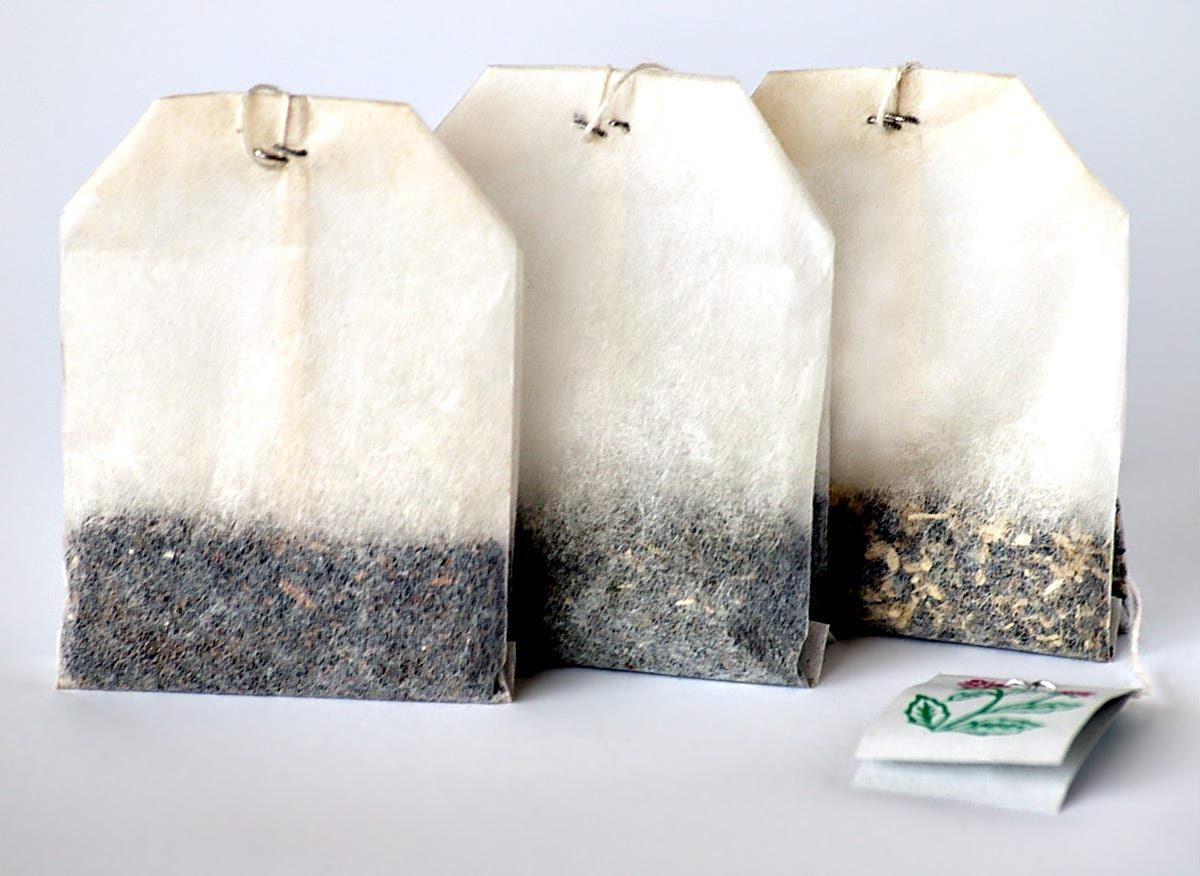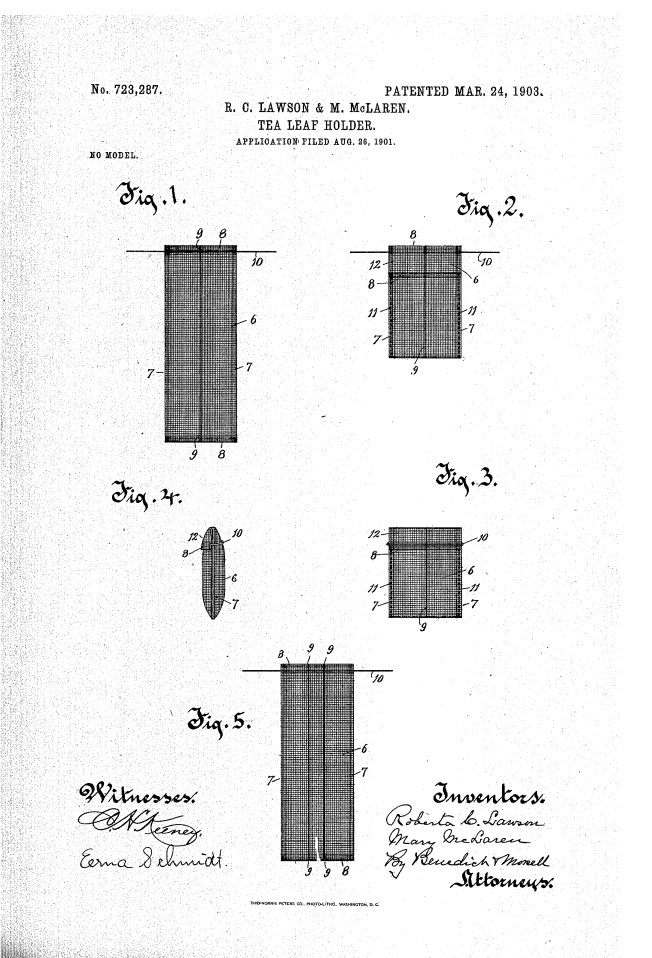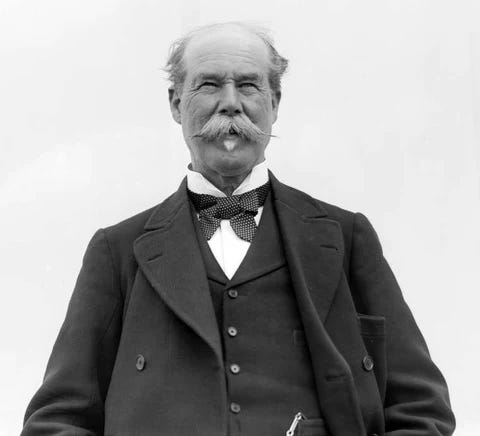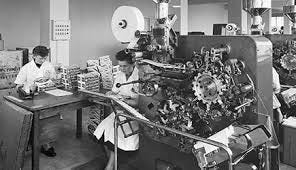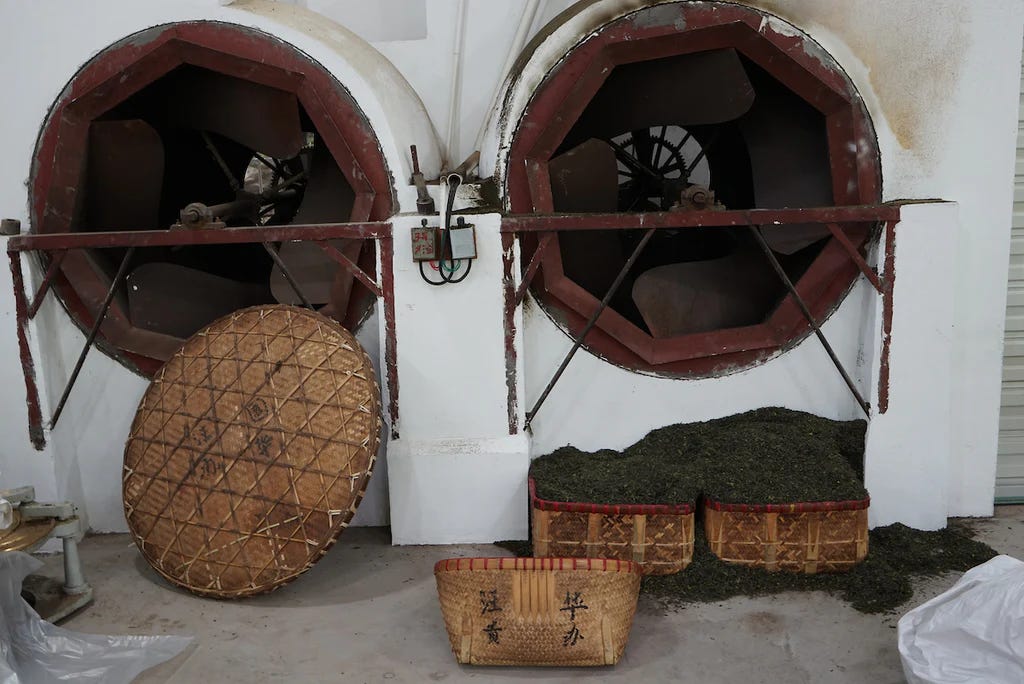The Invention of the Tea Bag
Welcome back to Tea Tidbits! Today, I’m excited to share the story behind the invention and history of the beloved and widely used tea bag!
The first evidence we have of tea bags dates back to China’s Tang Dynasty (618-907), when Lu Yu wrote The Classic of Tea. He dedicated an entire chapter to brewing methods, where he mentions “tea pillows” and “tea sacks”.
Although this is the earliest written evidence of what we know today as the tea bag, there is some debate as to who developed it.
Roberta C. Lawson + Mary Molaren
In 1903, both of these Milwaukee women filed a patent for a “tea leaf holder”.
In their patent document, they wrote “ only so much of tea-leaves is used as is required for the single cup of tea”. The bag/holder was designed to hold tea leaves together so that they didn’t float into the drinkers mouth, while still allowing water to circulate. They had a specific design which stitched together mesh fabric to achieve their goals.
Thomas Sullivan
He was an American tea importer who shipped out samples of his tea leaves. In 1908 he began to ship his tea leaves by placing them in small silk pouches. His customers, thinking the pouches were meant to go directly into hot water, started brewing the tea with the silk pouches. This was never his intention but his customers started to ask for more so he embraced the idea.
Eventually, he switched from sending the tea in silk to gauze, as the silk’s weaving was far too fine.
~ Personally, I don’t quite understand the controversy behind Thomas Sullivan and Roberta C. Lawson + Mary Molaren especially since their patent came first ~
Lipton
The tea company Lipton, is credited with the idea of printing brewing instructions on tags of tea bags. To this day, the basic tea bag has remained the same for over 6 decades, even down to the standard 3g of tea leaves per bag.
In 1929 the first tea bag packing machine was created by Adolf Rambold for the German tea company Teekanne.
In 1930, William Hermanson patented the heat-sealed paper fiber tea bag, which is now the industry standard.
Starting in the 1930s, as many as 18,000 tea bags were delivered each day —this was the end of loose leaf tea.
Tea packing machines only allowed the use of small particles of tea, the industry found that there were not enough small grades of tea leaves to fill the demands. This led to the invention of CTC, more commonly known as crush, tear, curl tea was invented.
The first CTC machine was developed in the 1930s in a number of estates in Assam, India.
This CTC machine works by crushing, tearing and rolling the leaves into small uniform pellets this is known as the CTC method. It’s commonly used for black tea, especially for tea bags. The machine uses rollers with serrated blades to achieve the tearing, this results in a tea that steeps quickly and delivers a strong, robust flavor.
I had the best time researching the history and innovation behind the tea bag. I hope you all enjoyed this post and learned something new about tea bags! Today, I won’t be giving my opinion on tea bags. . . I’ll be saving that for another time.
Stay tuned for Friday’s newsletter, where we journey to Indonesia to explore the country’s tea & tea culture!





